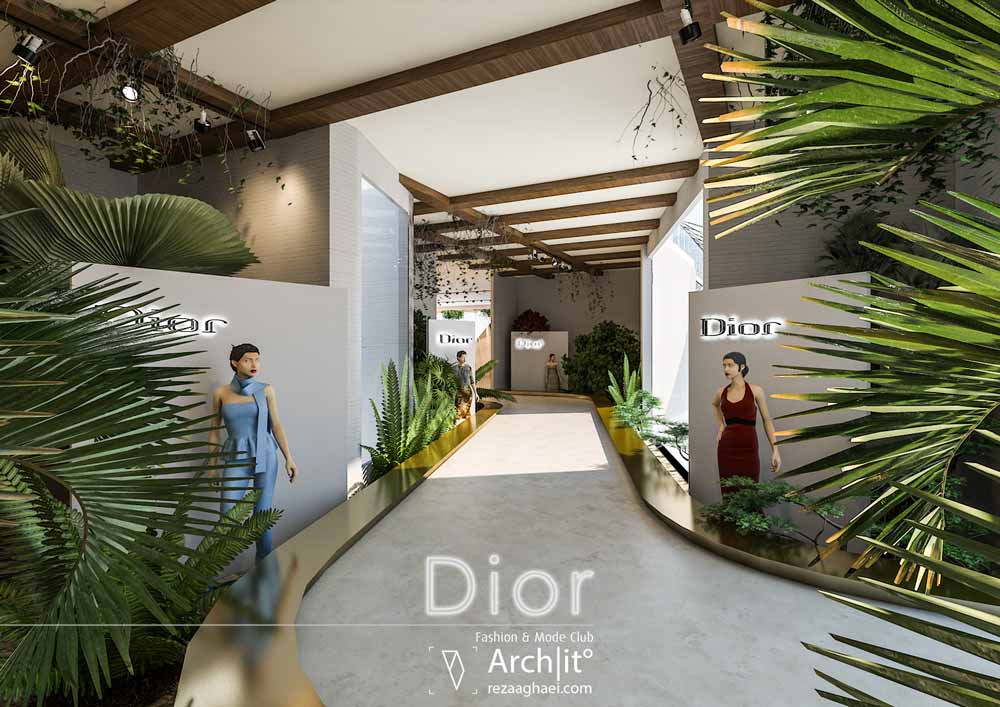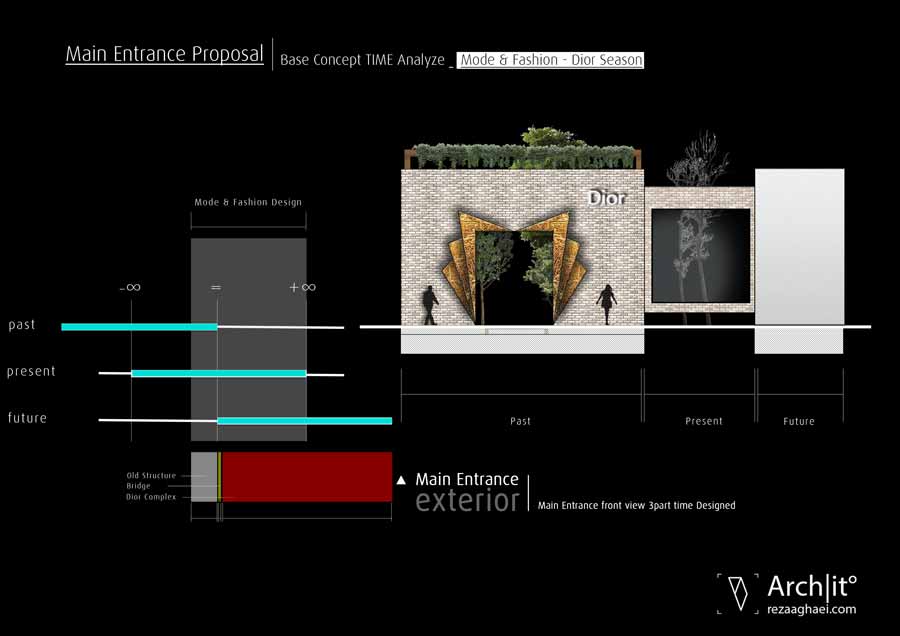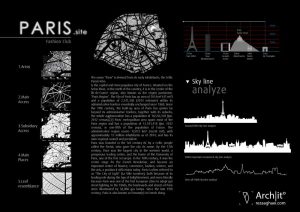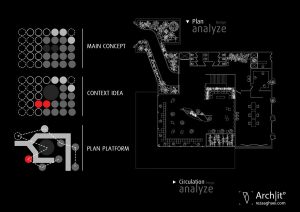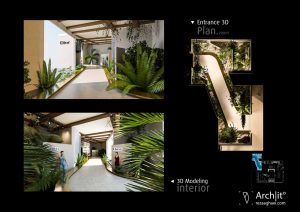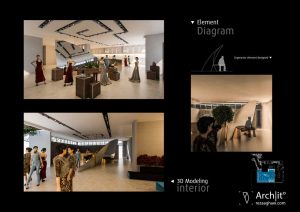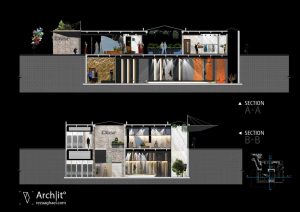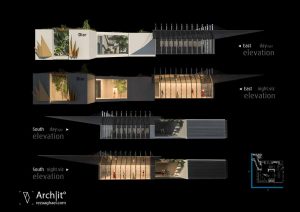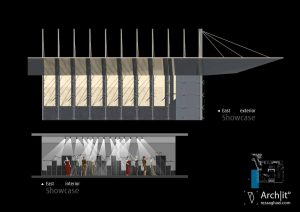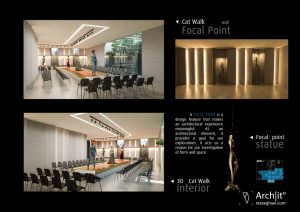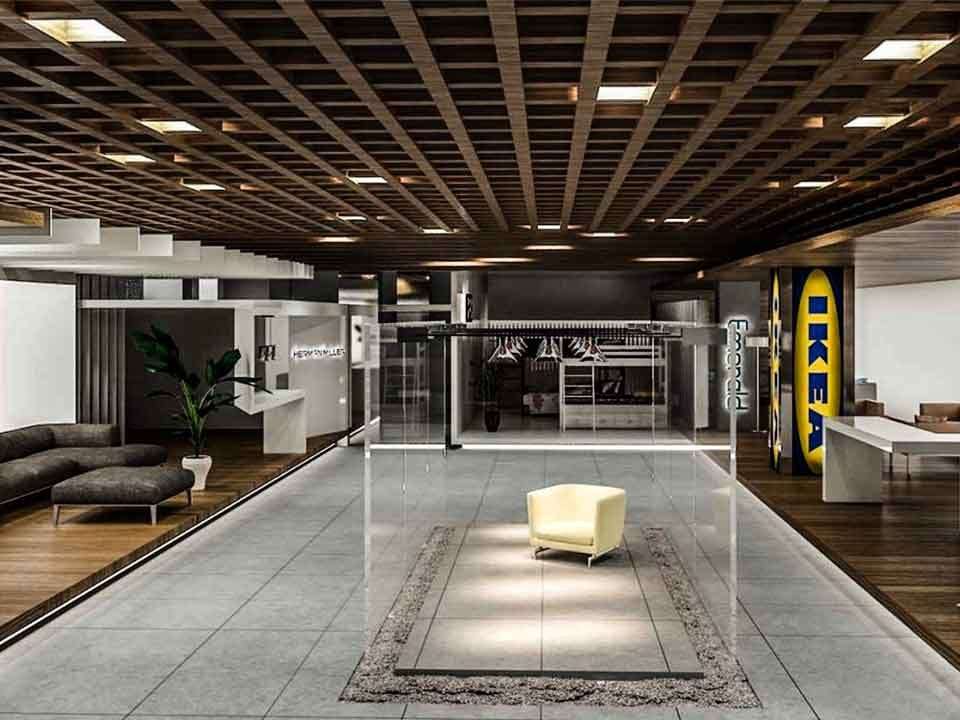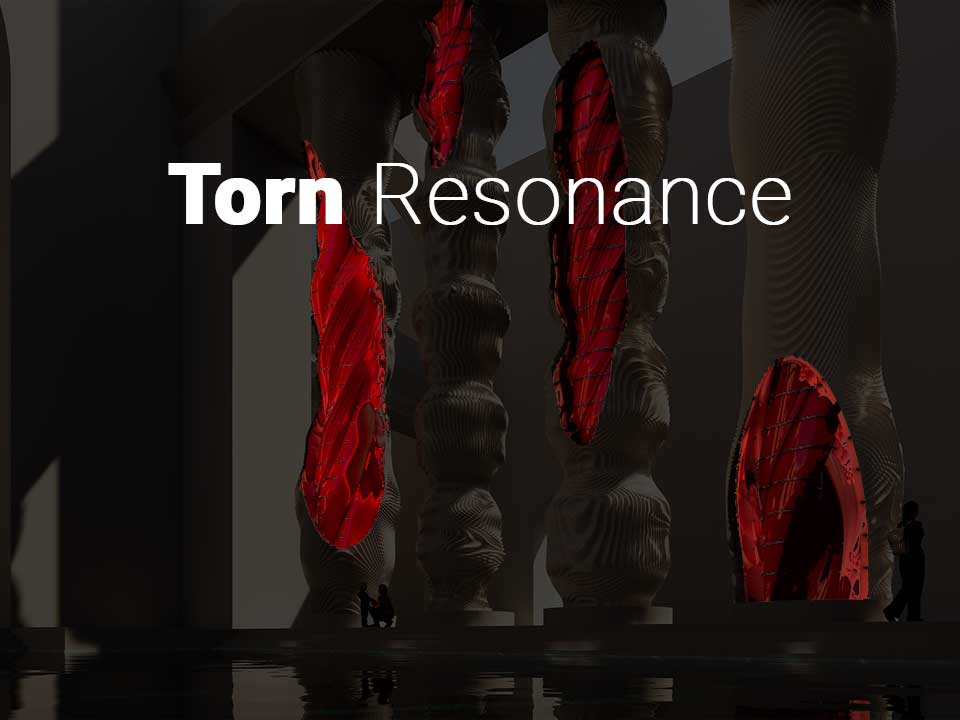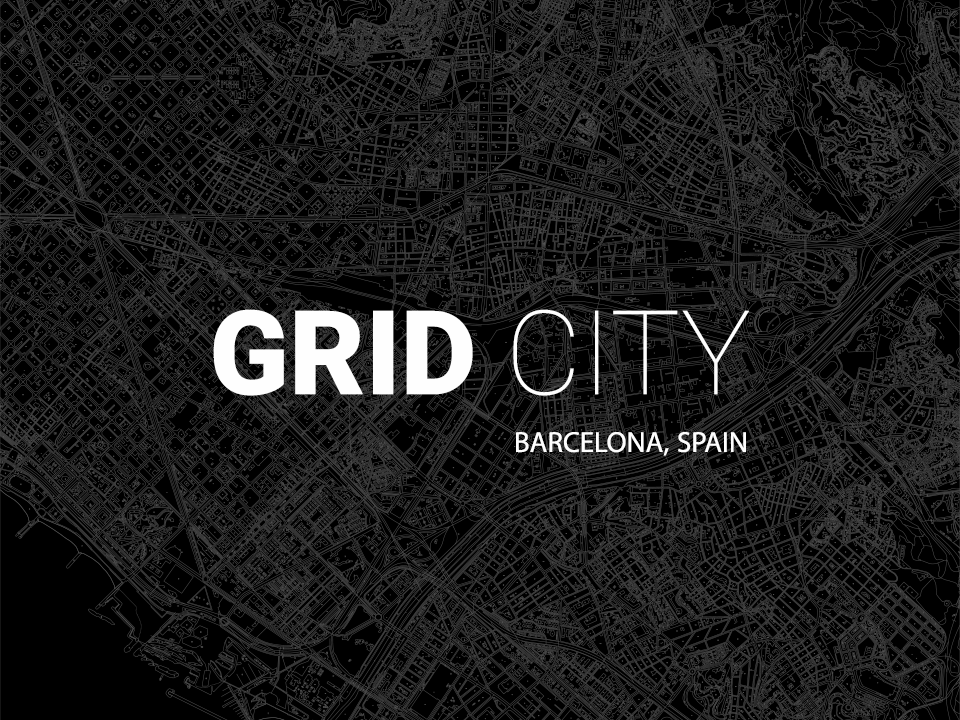Dior
The name "Paris" is derived from its early inhabitants, the Celtic Parisii tribe. is the capital and most populous city of France. Situated on the Seine River, in the north of the country, it is in the centre of the Île-de-France region, also known as the région parisienne, "Paris Region". The City of Paris has an area of 105 km² (41 mi²) and a population of 2,241,346 (2014 estimate) within its administrative borders essentially unchanged since 1860. Since the 19th century, the built-up area of Paris has grown far beyond its administrative borders; together with its suburbs, the whole agglomeration has a population of 10,550,350 (Jan. 2012 census).[2] Paris' metropolitan area spans most of the Paris region and has a population of 12,341,418 (Jan. 2012 census), or one-fifth of the population of France. The administrative region covers 12,012 km² (4,638 mi²), with approximately 12 million inhabitants as of 2014, and has its own regional council and president. Paris was founded in the 3rd century BC by a Celtic people called the Parisii, who gave the city its name. By the 12th century, Paris was the largest city in the western world, a prosperous trading center, and the home of the University of Paris, one of the first in Europe. In the 18th century, it was the centre stage for the French Revolution, and became an important centre of finance, commerce, fashion, science, and the arts, a position it still retains today. Paris is often referred to as "The City of Light" (La Ville Lumière), both because of its leading role during the Age of Enlightenment, and more literally because Paris was one of the first European cities to adopt gas street lighting. In the 1860s, the boulevards and streets of Paris were illuminated by 56,000 gas lamps. Since the late 19th century, Paris is also known as Panam(e) in French slang.
Time Line
Time is a measure in which events can be ordered from the past through the present into the future, and also the measure of durations of events and the intervals between them. Time is often referred to as the fourth dimension, along with the three spatial dimensions. Time has long been a major subject of study in religion, philosophy, and science, but defining it in a manner applicable to all fields without circularity has consistently eluded scholars. Nevertheless, diverse fields such as business, industry, sports, the sciences, and the performing arts all incorporate some notion of time into their respective measuring systems.
Dior Fashion Club
Communication among differentiated spaces and between the exterior and the interior may be achieved by openings alone in the simplest plans, but most buildings require distinct spaces allotted to horizontal and vertical circulation (corridors, lobbies, stairs, ramps, elevators, etc.). These are designed by the procedure of analysis employed for differentiating uses. Since their function is... CIRCULATION Before passing into the interior of a building , we have to approach its entrance along a path This is the first phase of the circulation system , when we are preparing to see , experience , and use the spaces within a building The approach and entrance can vary in duration from a few paces through a compressed space, to a lengthy and circuitous route It can be perpendicular to the primary façade or be oblique to it The nature of the approach may contrast with what is confronted at its termination , or it may be continued on into the building’s interior sequence of spaces, obscuring the distinction between inside and outside...
Catwalk
A FOCAL POINT is a design feature that makes an architectural experience meaningful. AS an architectural element, it provides a goal for our explorations. It acts as a reason for our investigation of form and space.
